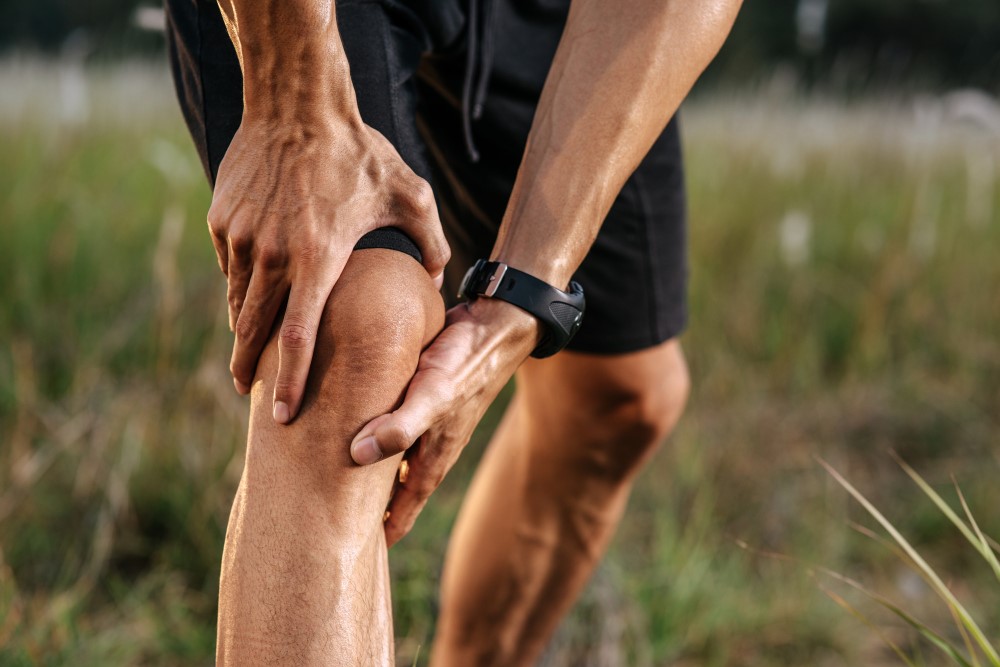If you’re wondering what osteomalacia is, you’re in the right place. Let’s dive into the signs, causes, and ways to handle this issue that affects bone health.
Understanding Osteomalacia: An Overview & Early Identification
Osteomalacia is a condition where bones become soft. This happens when bones don’t get enough minerals like calcium and phosphate. Calcium and phosphate are essential because they keep bones hard and strong. Think of osteomalacia as the opposite of healthy, dense bones.
Many people might not know what osteomalacia is. Early identification is crucial. Why? Because if left untreated, it can mess with your well-being. You could face problems standing, walking, or doing daily activities. Health is a precious asset, and being ahead of any health issue like this means you’ll likely recover faster.
One big reason you should know about osteomalacia is because ignoring it can lead to serious complications. Imagine bones becoming so soft that they bend! Scary, right? This is possible if treatment gets delayed.
So what can you do? Start by recognizing the symptoms of osteomalacia and getting help early. Understanding these signs can lead to better health choices. Before you know it, you’re managing your condition efficiently, reducing the risk of severe issues. Keeping your bones healthy ensures a more active, happy life.
Recognizing Symptoms & Causes of Osteomalacia
Recognizing the symptoms of osteomalacia is key. Some common signs include:
- Bone pain, especially in your hips.
- Feeling weak in your muscles.
If the condition gets worse, bones might even deform. Imagine your bones being bent out of shape! That’s why early intervention is vital.
What about the causes of osteomalacia? Well, one leading cause is a lack of Vitamin D. Vitamin D is super important because it helps our bodies absorb calcium. No calcium means soft bones.
Several factors can lead to nutritional deficiencies related to osteomalacia:
- Poor diet lacking Vitamin D-rich foods.
- Minimal sun exposure, which makes Vitamin D naturally in our skin.
These issues are especially notable in certain regions like India, where diet choices and the tropical climate can impact sun exposure.
Lifestyle plays a huge role too. If you’re always indoors or bundled up when outside, your exposure to the sun is reduced, limiting Vitamin D production. Making small changes like adjusting your diet or spending some time in the sun can help. Keeping an eye on these factors can save you a lot of pain and trouble.
Diagnosis and Treatment Options for Osteomalacia
When you suspect a bone issue, turning to a healthcare pro is the best route. They know how to carry out an osteomalacia diagnosis, guiding you through which tests you need. Often, these are simple blood tests to check Vitamin D levels and X-rays to look at bone structure.
Medical advice is gold. It’s crucial not to self-diagnose or self-treat blindly. Tests are essential, and so is expert guidance to interpret them correctly.
So, what about osteomalacia treatment options? Treatment varies but generally includes:
- Increasing Vitamin D and calcium intake through supplements.
- Eating a balanced diet rich in these minerals.
In India, people also look at alternative methods for treatment. Ayurveda, for example, focuses on a holistic healing approach. It might suggest herbs that boost bone health. Some prefer this route as it aligns with their cultural practices and beliefs.
A mix of modern medicine with traditional practices often gives great results. Today’s world appreciates and respects different treatment methods. So if you’re considering alternatives like Ayurveda, discuss them with your doctor. This ensures that no treatment interferes with another, offering the best care suited for you.
By understanding these treatment avenues, you forge a path towards better bone health and a better life overall.
Prevention and Future Directions for Osteomalacia Management
You might ask about osteomalacia prevention methods. What’s the best way? Start with your diet. Little adjustments can lead to significant results. Include foods rich in Vitamin D and calcium, like fish, dairy, and eggs. They bolster bone strength.
Innovation doesn’t stop. Recent studies in India delve into new ways to handle osteomalacia. Comparing it to other bone issues, like osteoporosis, helps too. Knowing the difference is critical. Osteomalacia involves soft bones. Osteoporosis affects bone density but retains hardness.
Spreading awareness and promoting practices that reinforce bone health are equally significant. Campaigns encouraging sun exposure or balanced diets make a genuine difference, especially in areas prone to bone health issues due to lifestyle or dietary patterns.
So, there it is. Understanding what is osteomalacia boils down to knowing its effects, causes, and solutions. Through prevention, treatment, and awareness, we can ensure robust bones and better health.
The information here aims to turn the mere curiosity into action steps towards healthier bones. Prevention is the best tool, ensuring life-long, pain-free movement and joy in all activities you love. Remember, your health is your wealth.

